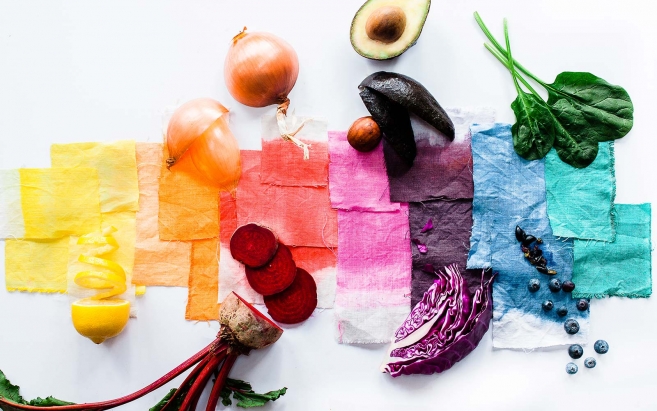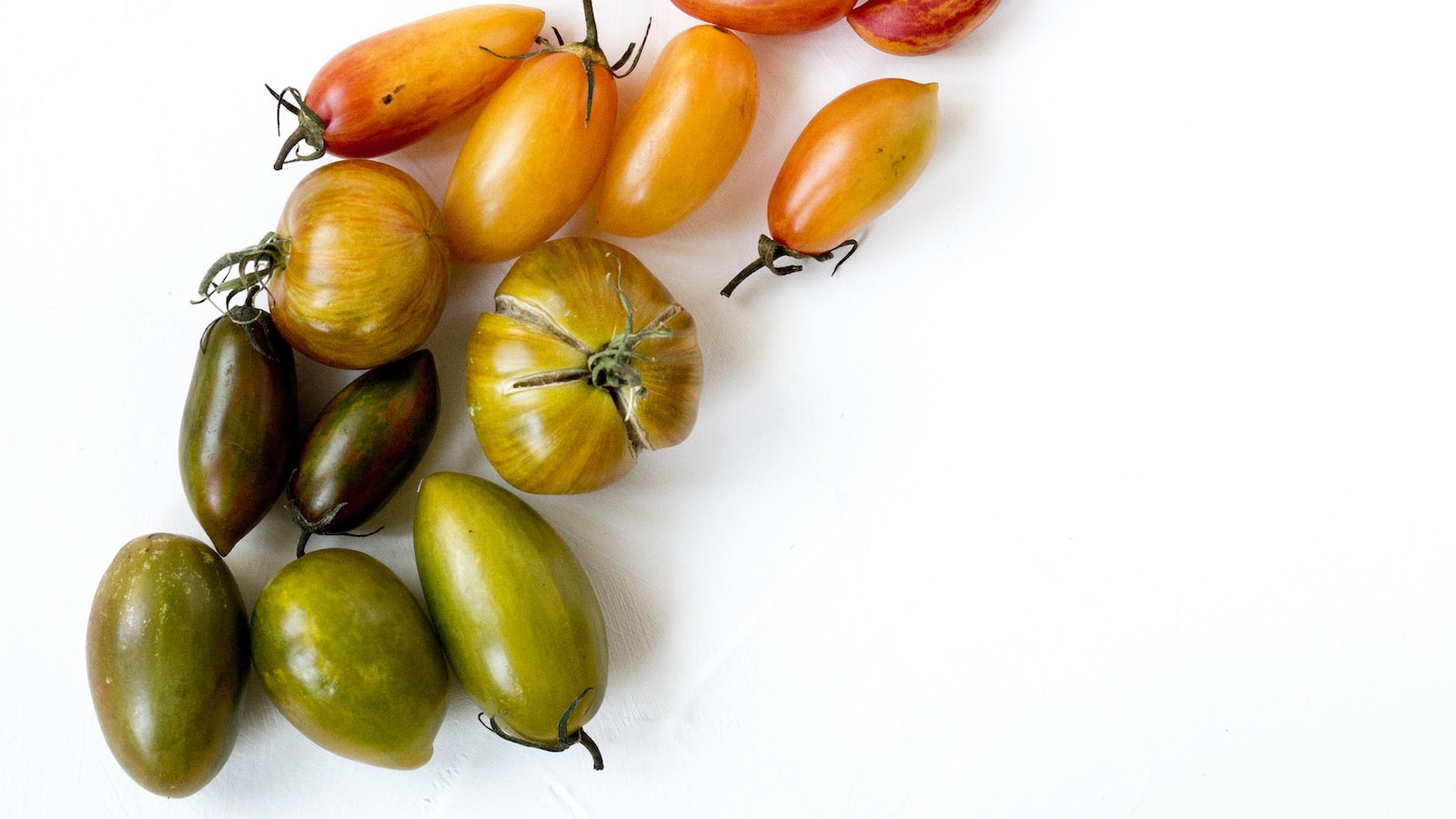
Unlocking the Secrets: How Long Does Vegetable Dye Last?
Delve into the realm of natural dyes, where vibrant hues delicately intertwine with age-old traditions. As the world gravitates towards eco-friendly alternatives in every aspect of life, vegetable dye gracefully steps into the spotlight. From luscious beetroot reds to soothing turmeric yellows, the kaleidoscope of colors derived from nature has captivated contemporary artisans and fashion enthusiasts alike. But just like leaves gracefully dancing in the autumn breeze, one question gently whispers in our curious minds: how long can the allure of vegetable dye linger? Join us on a journey as we unravel the mysteries of vegetable dye longevity, shedding light on its lifespan, maintaining its vibrancy, and discovering how nature’s palette gracefully evolves over time. Settle in and prepare to uncover a world where the passage of time becomes an artist’s muse, casting its enchanting spell on the very essence of holistic dyeing.

Understanding Vegetable Dye: Duration and Factors
Vegetable dye has been used for centuries as a natural alternative to synthetic dyes, with its vibrant and earthy hues enchanting crafters and artists alike. But how long can you expect these beautiful colors to last? The durability of vegetable dye varies depending on various factors, offering a fascinating intersection of science and nature.
One of the key factors that influence the longevity of vegetable dye is the type of vegetable used. Some vegetables, like turmeric and beetroot, produce dyes that tend to fade more quickly compared to others, such as indigo and madder root. Additionally, the method of dye application plays a crucial role. Techniques like mordanting, where a metal salt is used as a fixative, can significantly enhance color fastness. The duration of the dye also depends on the material being dyed, as natural fibers like cotton and silk tend to hold vegetable dye better than synthetic materials like polyester. It’s important to note that exposure to sunlight and repeated washing will gradually fade vegetable dye, though this aging process can also add a unique charm to the fabric.
To help you navigate the world of vegetable dye and prolong the vibrancy of your creations, here are some features and tips to keep in mind:
| Features |
Tips |
| Use of natural and eco-friendly materials |
Choose vegetables with deep and intense colors for longer-lasting dyes |
| Rich and unique color variations |
Mordant fabrics before dyeing to enhance color retention |
| Non-toxic and safe for use |
Avoid excessive exposure to sunlight to prevent fading |
Whether you’re a seasoned natural dyer or just embarking on this creative journey, understanding the duration and factors affecting vegetable dye can help you achieve stunning results that stand the test of time. So, grab your favorite plant-based pigments, experiment with different methods, and watch as these organic colors breathe life into your artistic endeavors.
Loading... Seconds Left for
Miniature Orchid Terrarium Gallery!


Vegetable dyes have been used for centuries to give fabrics and materials a vibrant splash of color. However, the longevity of these dyes can vary depending on several factors. One of the key factors that affect how long vegetable dyes last is the type of vegetable used. Some vegetables, such as onion skins and turmeric, produce dyes that tend to fade more quickly compared to others like indigo or madder root.
Another important factor to consider is the preparation and application of the dye. The concentration, temperature, and duration of dyeing can all impact the color’s lifespan. It’s crucial to follow proper dyeing techniques to ensure the color remains vibrant for a longer period. Furthermore, the fabric or material itself can play a role in the longevity of vegetable dye colors. Natural fibers like cotton or silk tend to hold vegetable dyes better than synthetic materials, such as polyester or nylon.
To help maximize the longevity of vegetable dye colors, here are some features and tips to keep in mind:
<th>Features
| Tips |
| Bright and vibrant colors |
Choose vegetables with deeper hues for longer-lasting colors. |
| Natural and eco-friendly |
Opt for organic vegetables to achieve a more sustainable and environmentally friendly dyeing process. |
| Low toxicity |
Vegetable dyes are generally safe, but always exercise caution and follow safety guidelines when handling and using them. |
By considering these factors and employing the recommended tips, you can enjoy and preserve the beauty of vegetable dye colors for an extended period. Whether you’re dyeing fabrics, yarns, or even experimenting with natural dyeing for artistic purposes, understanding the factors influencing the longevity of vegetable dye colors will undoubtedly enhance your dyeing experience.
Maximizing the Lifespan of Vegetable Dye Colors
Vegetable dyes are a beautiful and eco-friendly alternative to synthetic dyes. They create vibrant colors that can add depth and character to fabrics, garments, and even hair. But how long do vegetable dyes last? is important to ensure that your creations stay vibrant and don’t fade quickly.
To extend the longevity of vegetable dyes, it is crucial to follow a few simple guidelines. First, always pre-wash the fabric or yarn with a pH-neutral soap before dyeing. This helps remove any residual chemicals that might hinder the dye’s ability to bond with the fibers. Additionally, consider using a mordant, such as alum or iron, to help fix the color. Mordants act as a bridge between the dye molecules and the fabric, resulting in stronger and longer-lasting colors.
<th>Features
| Tips |
| 1. Use natural fibers |
Vegetable dyes adhere better to fabrics like cotton, linen, and silk. |
| 2. Avoid direct sunlight |
Display dyed items away from direct sunlight to prevent color fading. |
| 3. Gentle handwashing |
Avoid harsh detergents or machine wash; handwash with mild soap instead. |
Furthermore, it is important to care for your vegetable-dyed items properly. Avoid exposing them to direct sunlight for prolonged periods, as UV radiation can cause colors to fade over time. When it comes to cleaning, gentle handwashing with a mild soap is recommended, as harsh detergents and aggressive machine washing can strip away the color. Lastly, storing vegetable-dyed items in a cool and dry place can also contribute to preserving their hues.

Recommended Practices for Extending the Durability of Vegetable Dye
Vegetable dye has gained significant popularity for its natural and eco-friendly qualities. However, one common question that lingers in the minds of many is the durability of this vibrant dye. The longevity of vegetable dye can vary depending on various factors such as the type of fabric, dyeing technique used, and maintenance practices.
To extend t
he durability of vegetable dye and ensure that your vibrant hues stay intact for as long as possible, here are some recommended practices to follow:
-
Choose the right fabric: Opt for natural fibers such as cotton, linen, or silk as they tend to take vegetable dye more readily and hold the color for longer periods. Avoid synthetic materials like polyester, as they may not hold the dye as effectively.
-
Pre-tr
eat and pre-wash: Before dyeing your fabric, it is crucial to remove any residues or finishes that could impede color absorption. Pre-treating your fabric with a mordant or fixative can significantly enhance dye retention. Be sure to follow the specific pre-treatment instructions for the vegetable dye you are using.
To guide you further, here is a table that highlights some features and tips to consider when aiming to extend the durability of vegetable dye:
an id="_FeatureTips">| Feature/Tips | |
|1. Fabric choice | Opt for natural fibers |
| | such as cotton, linen, |
| | or silk |
|—————————–|————————–|
|2. Pre-treat and pre-wash | Remove residues or |
| | finishes and consider |
| | using a mordant |
|—————————–|————————–|
|3. Dyeing technique | Follow recommended |
| | instructions for the |
| | specific vegetable dye |
By following these recommended practices, you can extend the durability of vegetable dye, ensuring that your beautifully colored fabrics stand the test of time. Remember to also handle and wash your dyed items with care to further preserve their vibrancy. Embrace the natural charm of vegetable dye and revel in the lasting beauty it brings to your fabrics.
Frequently Asked Questions
Q: How long does vegetable dye last?
A: Time to unravel the mysterious fate of vegetable dye!
Q: Will my vibrant green hair slowly fade into a sad shade of moss?
A: Fear not, my friend! The longevity of vegetable dye depends on various factors.
Q: Can I st
ill rock that kaleidoscopic hairstyle months after coloring?
A: Embrace the rainbow! While vegetable dyes may not last as long as synthetic ones, with proper care, you can flaunt your vibrant locks for an impressive amount of time. As we bid farewell to the colorful realm of vegetable dye, let us take a moment to reflect on the journey we embarked upon. With every tinted thread and vibrant hue, we uncovered the intricate secrets behind the endurance of nature’s palette. Though we may soon part ways, the imprint of vegetable dye will forever linger in our memories and wardrobes. From the creation of striking garments that brighten our everyday lives to the ancient traditions preserved through time, vegetable dye has proved its mettle.
While the prismatic wonders bestowed upon us by nature’s hand may fade over time, the essence of vegetable dye’s beauty remains steadfast. Nurtured by sunlight, weathered gracefully by the wind, and interwoven with the fabric of history, these endeavors in color forge an everlasting bond between us and the natural world.
However, alas, all good things must come to an end. Like petals falling gently from a flower, the longevity of vegetable dye awaits the passage of time. Time, the great orchestrator, plays its role in the enchanting transformation of vegetable dye from vibrant glory to muted memories.
Yet, let it
be known that the fade of vegetable dye does not signify its inadequacy. Quite the opposite, for the transitory nature of the botanical pigments underscores their authenticity, their connection to the ebb and flow of life itself. In this fleeting existence, it is the legacy of vegetable dye that endures, inspiring eco-conscious artisans and adventurous souls to embrace the wonders of the natural world.
In a world filled with synthetic alternatives, vegetable dye stands as a testament to the splendor that lies within simplicity. As we embark on new chapters, we bid adieu to the vivid, ever-changing hues and welcome the subtle shifts sparked by the passage of time. So, dear readers, let us cherish the vibrancy of vegetable dye, knowing that its beauty resides not in its longevity, but in the journey it invites us to embark upon, an exploration of the boundless wonders nature weaves into every fiber.
As we step away from this enchanting tale, our hearts and minds brimming with the wisdom of warm earthy tones and ardent crimson hues, let us continue to celebrate the marvels of vegetable dye, for it is an art form that unites us with the timeless essence of the natural world. And with each donning of a vegetable-dyed garment, may we remember that even fading can hold within it a kaleidoscope of memories, a testament to our shared connection with the intricate tapestry of life.
Hello! I'm Jessica Owen, an avid gardener and proud contributor to Up-Gardening.com. Gardening is my passion, and I'm delighted to share my green-thumb experiences with you. From planting tips to nurturing blooms, I'm here to help you cultivate your own slice of paradise. Let's grow together in the garden!
Latest posts by Jessica Owen
(see all)v>
<
!-- CONTENT END 1 -->




